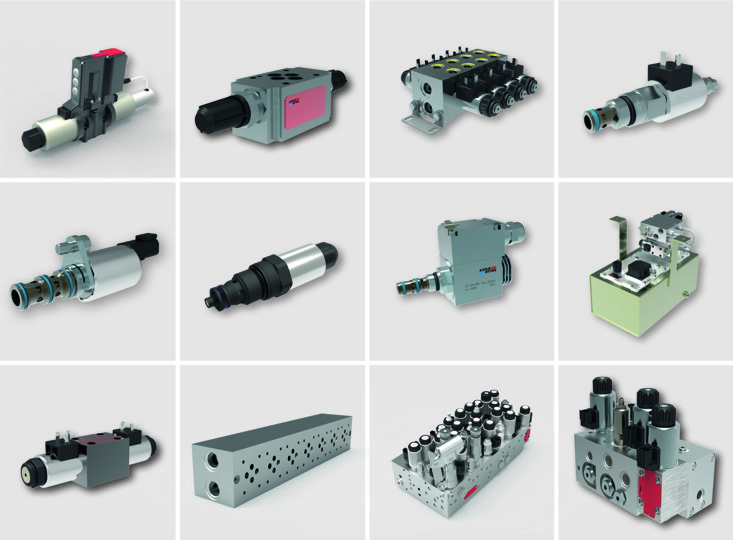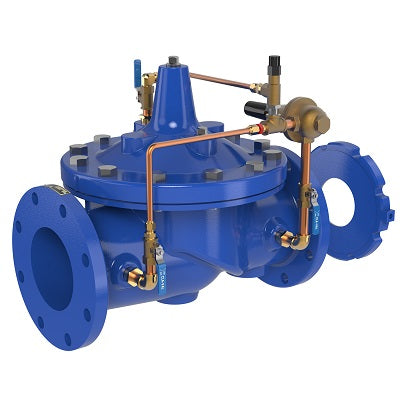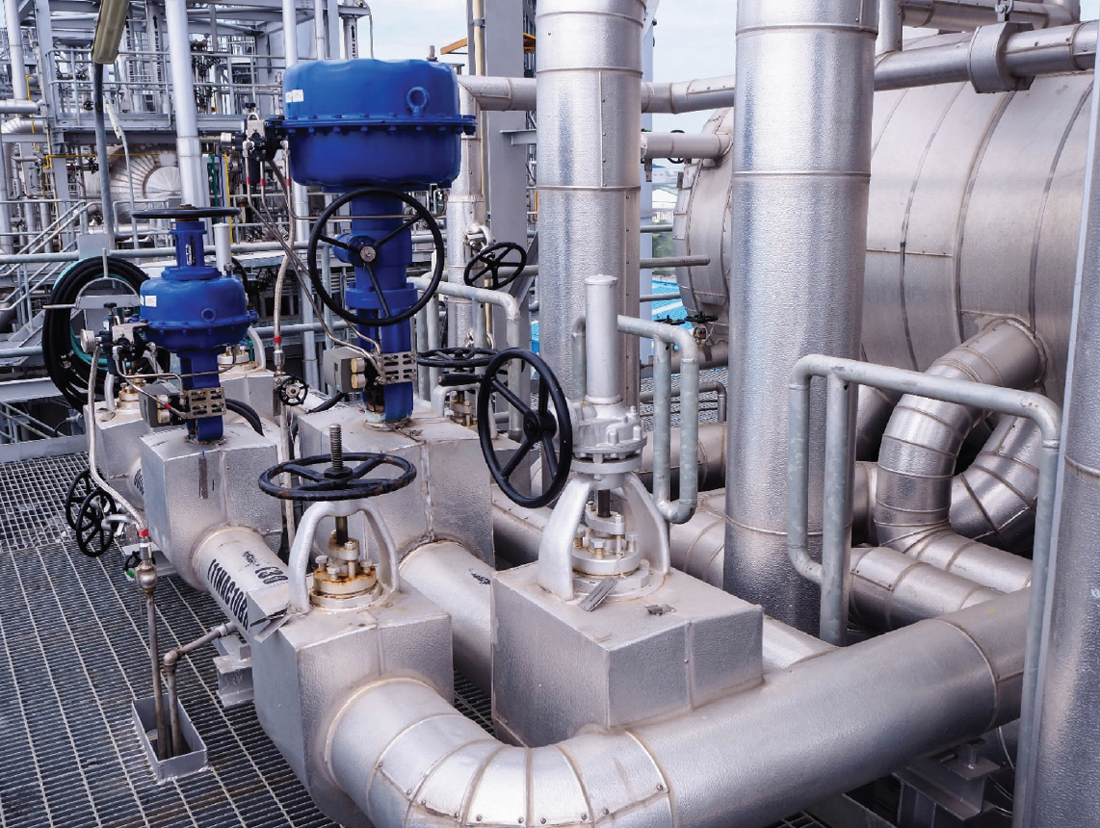Critical Variables to Think About When Selecting Control Valves
Critical Variables to Think About When Selecting Control Valves
Blog Article
Achieve Seamless Combination and Control With Quality Building Automation Controls
In the realm of modern-day structure management, the significance of top quality structure automation controls can not be overemphasized. Welcoming high quality structure automation controls is not simply an issue of convenience yet a calculated essential for companies intending to maximize their centers' performance and sustainability.

Evolution of Building Automation Controls
Throughout the previous few years, the development of developing automation controls has dramatically transformed the method structures are managed and operated. At first, constructing automation systems mostly concentrated on basic functions such as controlling air flow, home heating, and air conditioning (A/C) systems. As innovation progressed, these controls have become much more innovative, enabling for a broader range of building systems to be incorporated and taken care of centrally.
The advancement of building automation controls has seen a change in the direction of more intelligent systems that can adjust to altering problems in real-time. This adaptability is important for optimizing power effectiveness and making sure resident comfort. Furthermore, modern-day structure automation controls now provide features such as predictive upkeep, remote surveillance, and data analytics, allowing facility supervisors to make data-driven decisions to improve building performance.

Benefits of High Quality Assimilation
The innovation in structure automation controls towards even more intelligent systems has actually highlighted the significant benefits of quality assimilation in optimizing structure operations and boosting general performance. This central control also provides better presence and insights into building efficiency, enabling positive maintenance and optimization approaches. Overall, the advantages of quality combination in building automation controls are obvious, supplying raised performance, comfort, and operational efficiency.
Improved Individual Experience and Availability
Enhancing customer communication with building automation regulates through intuitive design and improved ease of access raises the general experience for residents and facility supervisors alike. By concentrating on individual experience, developing automation systems can come to be more user-friendly and efficient. User-friendly user interfaces, clear navigating, and adjustable setups equip users to interact with the controls quickly and effectively.
Availability attributes play a critical role in ensuring that all people, including those with handicaps, can utilize the structure automation regulates effortlessly. Integrating functions such as voice commands, tactile buttons, and color-contrasted displays can enhance access and make the controls much more comprehensive.
Additionally, boosted user experience brings about greater site web user fulfillment, enhanced efficiency, and better decision-making. Owners can change ecological settings according to their preferences, while center supervisors can effectively handle and monitor building systems - control valves. In general, focusing on individual experience and availability in building automation manages adds to an extra effective and seamless building atmosphere for all stakeholders entailed
Sustainable Practices Through Automation

Moreover, automation can promote the assimilation of renewable resource sources such as photovoltaic panels or wind turbines into building procedures. By instantly changing power usage based on the availability of renewable resource, structures can better minimize their dependence on non-renewable resources. This smooth integration of sustainable practices not just profits the setting yet additionally boosts the total functional effectiveness and cost-effectiveness of the structure. Through automation, buildings can align with modern-day sustainability objectives and contribute to a greener future.
Future Trends in Building Control Solution
One famous pattern forming the future of structure control systems is the raised assimilation of Artificial Knowledge (AI) and device knowing. In addition, the Internet of Things (IoT) is revolutionizing building control systems by attaching devices and sensing units to streamline operations and enhance effectiveness.
One more essential trend is the emphasis on cybersecurity actions to protect against prospective dangers to building automation systems. As structures come to be extra informative post interconnected, guaranteeing durable cybersecurity procedures will be necessary to safeguard sensitive information and stop unapproved access.
Moreover, the change towards cloud-based platforms is getting energy, permitting streamlined control and remote accessibility to building systems. This promotes less complicated surveillance, maintenance, and updates, enhancing the overall performance and flexibility of building control you can check here systems. As modern technology proceeds to advancement, these trends are anticipated to form the future landscape of structure automation controls, driving advancement and sustainability in the developed atmosphere.
Conclusion
Future patterns in building control systems are likely to focus on further improving automation capacities for enhanced power effectiveness and general efficiency. It is necessary for building proprietors and drivers to focus on the adoption of quality structure automation manages to optimize building operations and accomplish lasting sustainability objectives.
In the realm of modern-day structure management, the significance of quality building automation controls can not be overstated. Generally, the advancement of structure automation regulates proceeds to drive development in the building monitoring sector, offering brand-new possibilities for producing smarter and much more lasting buildings.
The development in structure automation manages in the direction of even more smart systems has actually underscored the considerable benefits of high quality assimilation in optimizing building operations and improving total effectiveness. Generally, prioritizing customer experience and accessibility in building automation regulates contributes to an extra smooth and effective structure setting for all stakeholders involved.
It is crucial for structure owners and operators to focus on the adoption of quality building automation controls to enhance building operations and accomplish long-term sustainability objectives. - control valves
Report this page